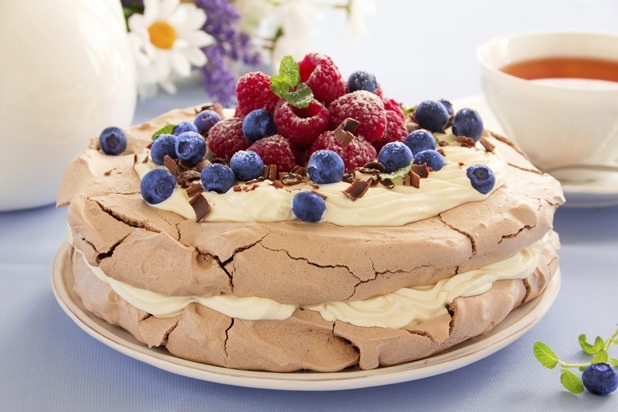15 Iconic Cakes That Every Dessert Lover Should Try
15 Iconic Cakes That Every Dessert Lover Should Try
Cultures all over the world have their own recipes for chocolate cake, banana cake, lime cake, maple syrup cake, etc.; the list goes on. Cake is a sweet, fluffy treat made with all kinds of fillings, frostings, and toppings, depending on the recipe. We just can't get enough of cake and neither can the rest of the world. Many of the iconic cakes that we know and love originated outside the U.S.
Basbousa — Egypt
This sweet, syrupy cake, made with almonds, honey, and usually lemon or orange-flavored syrup, is a traditional Middle Eastern treat.
Pastel de Tres Leches — Mexico
Rich and sweet, pastel de tres leches is a sponge cake baked with three kinds of milk (usually condensed milk, evaporated milk, and fresh milk or cream), as its name — "cake of three milks" in Spanish — reveals.
Sacher Torte — Austria
Sacher torte, a double-layered chocolate cake with apricot jam filling, is one of the most famous (and delicious) chocolate cakes in the world. The cake was invented in 1832 by Austrian baker Franz Sacher for the Viennese prince Klemens von Metternich.
Pavlova — Australia and New Zealand
Named after the Russian ballet dancer Anna Pavlova (but pronounced differently), Pavlova (pronounced pav-LOH-va while the dancer's last name is pronounced PAV-lova) is a meringue-based cake topped heavily with fruit and cream. It can be found on nearly every restaurant menu and in every bakery in Australia and New Zealand.
St. James' Cake (Tarta de Santiago) — Spain
This sweet almond cake is named after Santiago (St. James), the patron saint of Spain, whose feast day is celebrated in Spain every year on July 25. Some say the cake may have originally been brought as a gift by a pilgrim traveling to the celebrated Galician pilgrimage site of Santiago de Campostela.
Banana Cake — Papua New Guinea
Local island ingredients — banana, chocolate, and coconut milk — make this tropical cake irresistible in Papua New Guinea and anywhere it's served.
Barfi — India
Barfi is a traditional Indian cake that resembles cheesecake and can be flavored with various fruit and nuts. It's usually cut up and served in squares.
Black Forest Gâteau — Germany
A traditional cake named not exactly after the Black Forest region of southeastern Germany, but after the region's cherry brandy, an essential ingredient, this is a multi-layered chocolate cake filled with cherries, soaked in cherry brandy, and topped with whipped cream and more cherries. Some sources claim it was actually invented in Switzerland.
Bee Sting Cake (Bienenstich) — South Africa
No one is certain how the bee sting cake got its name, but this South African favorite, originally a German confection, is made with a vanilla custard filling and almond-toffee topping.
Poppy Seed Cake (Valmuefrø Kage) — Denmark
Denmark's traditional valmuefrø kage is a light poppy seed cake filled with custard and topped with hazelnuts.
Castella (Kasutera) — Japan
This specialty cake from Nagasaki is based on a cake introduced to Japan by Portuguese traders in the sixteenth century and has since become a dessert staple in Japan. It's made simply with sugar, flour, and eggs, and is often flavored with green tea, brown sugar, or honey.
Maple Syrup Cake — Canada
It's fitting that one of Canada's most iconic cakes is flavored with maple syrup, which is baked into the batter and mixed into the frosting.
Ginger Cake — Jamaica
Jamaica's traditional ginger cake is very moist; a tart lemon icing nicely complements its sweetness.
Quesadilla Salvadoreña — El Salvador
Cheese is the main ingredient in quesadilla salvadoreña, a sweet cheese pound cake found in bakeries in El Salvador. The cheese used is traditionally Salvadoran queso fresco, a fresh farm cheese, but parmesan is often substituted.
Tropézienne — France
France is known for many iconic cakes and pastries; one of the most delightful is the tropézienne, a brioche cake filled with cream and sprinkled with sugar.
